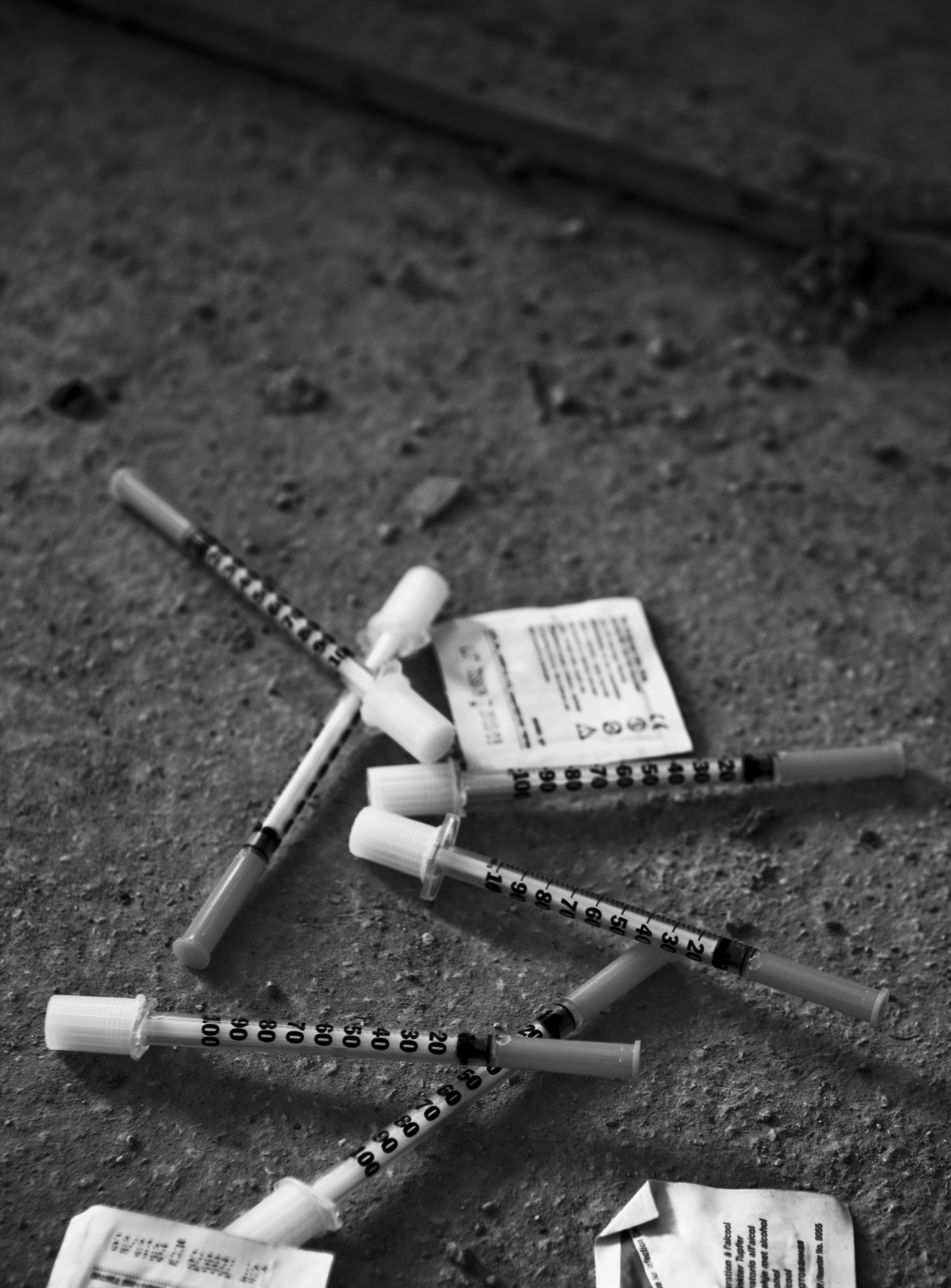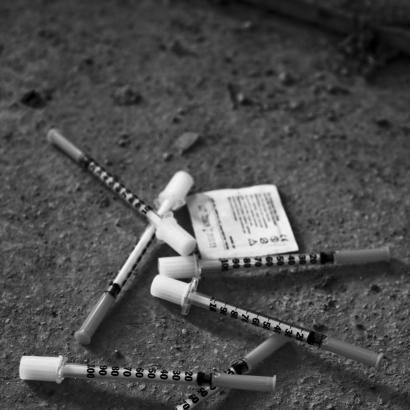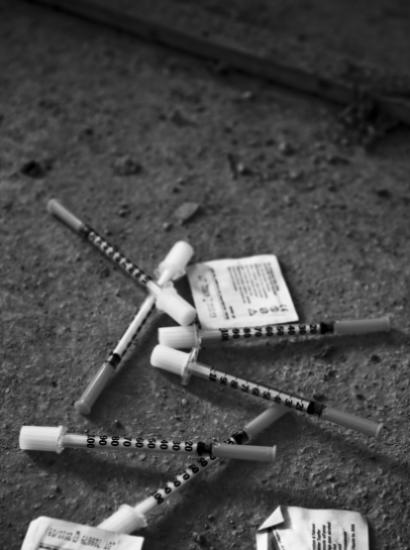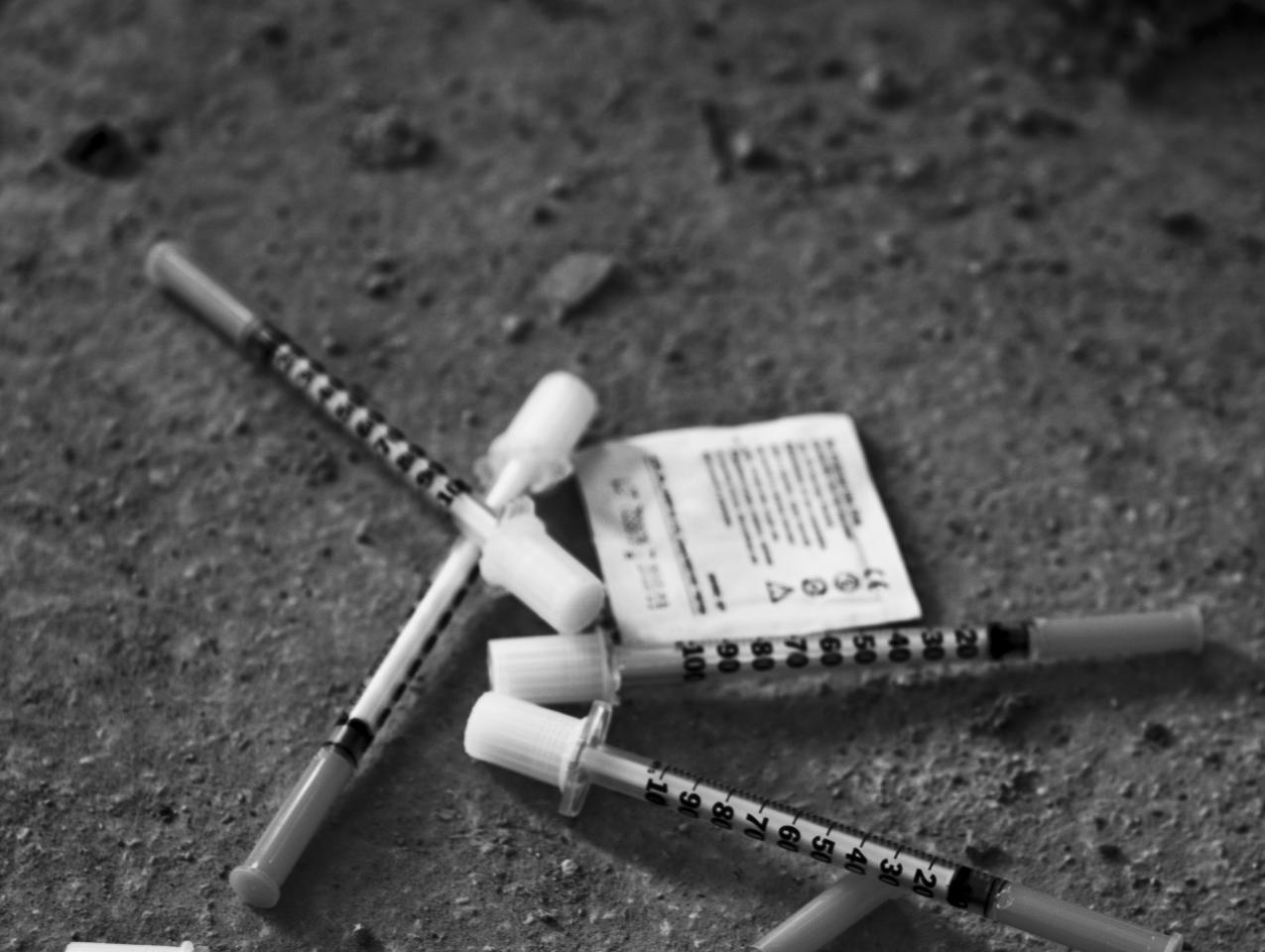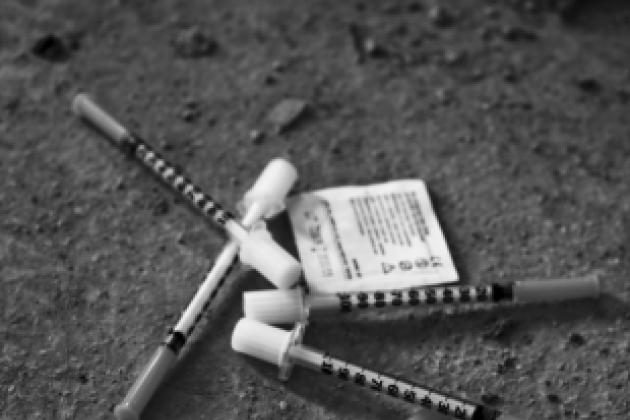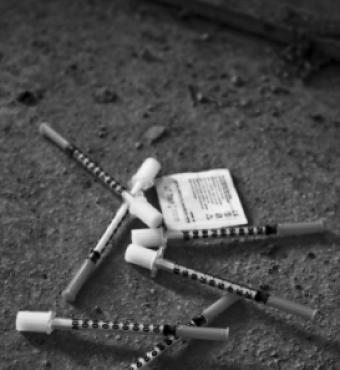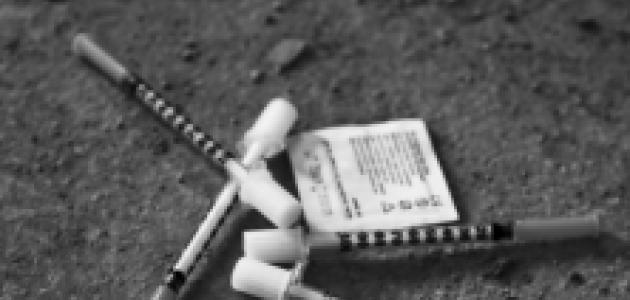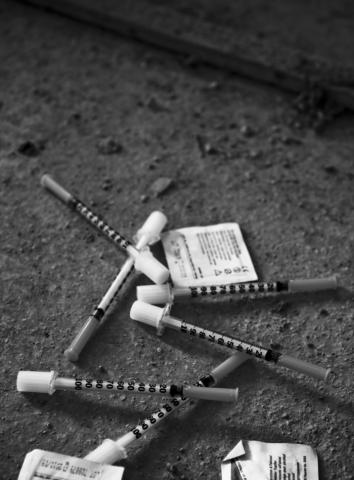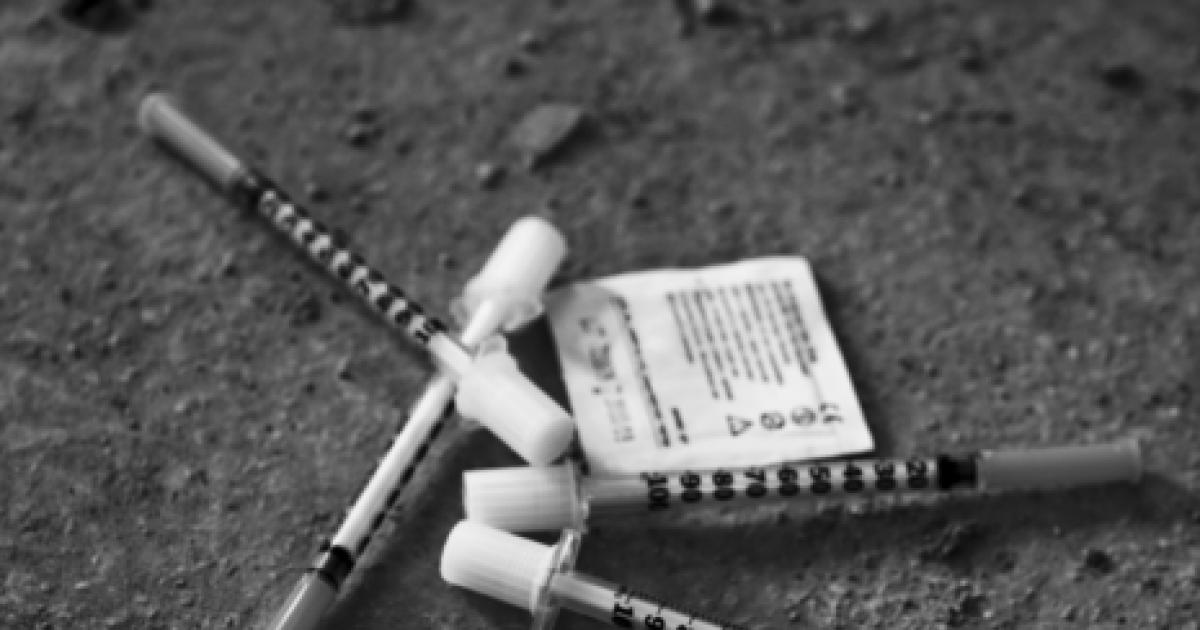- Politics, Institutions, and Public Opinion
- State & Local
- California
The chance of dying by overdose among San Francisco opioid users is about 3.4 percent annually. Put in perspective, this fatality rate is more than 10 times higher than that of a soldier being killed by hostile forces during the United States’ second invasion of Iraq.
San Francisco currently has the equivalent of 10 Iraqi wars on its hands, and its foundational policy of accepting drug use is throwing gasoline on the flames, as the city collapses under the weight of hundreds of overdose deaths and nearly the highest crime rate in the country.
San Francisco’s drug tolerance policies are based on the idea of “harm reduction,” which is the view that those using illegal drugs should be protected, not shamed nor prosecuted for their drug use, and that their lifestyle should be accepted as a normal part of life for those choosing to use. San Francisco prosecutes very little, provides free drug paraphernalia, including hypodermic needles, rubber tourniquets to pop veins, metal cookers for heroin, and sheets of foil and straws for fentanyl and crack pipes. Yes, crack pipes.
As you can imagine, San Francisco’s drug scene is anything but the utopian vision that harm reduction advocates believe is realizable, of rational individuals going to work, paying the rent, putting food on the table, coaching the kids’ soccer teams, and using just a tad of heroin during cocktail hour or a line of cocaine in the morning before beginning their day.
San Francisco continues to cling to the idea of facilitating and accepting drug use even as Fentanyl, a synthetic opioid that can be 100 times more powerful than morphine, is devastating the city. An amount that can easily slide under a fingernail can cause death in just a few moments. Fentanyl claims an average of two lives every day, and another 10 potential daily overdose deaths are stopped by the application of the anti-opioid medication Narcan, which is carried by paramedics and other emergency staff within the city. Narcan blocks the impact of opioids on depressing the central nervous system, and the medication can literally bring the user back from death. Before the arrival of Fentanyl in San Francisco’s drug scene, the city experienced about 220 overdose deaths per year. This year, the number of deaths may approach 800, reflecting the toxicity of Fentanyl and its enormous availability in San Francisco.
What San Francisco is unwilling to accept or realize is that its policies of tolerating drug use, providing generous benefits, including $600 in cash monthly, and looking the other way from open-air drug sales has created the Costco of drug markets, as more drug users and sellers flock to San Francisco, where they can use and sell as desired.
Ironically, San Francisco first responders and others armed with Narcan have become so good at treating overdose victims that the likelihood of being brought back from an overdose is leading opioid users to tempt fate and take it to the limit, knowing there is a reasonable chance that the paramedics or anyone else nearby will bail them out. The latest numbers show that Narcan was administered 4,200 times in just the first six months of this year. Destigmatizing drug use and reducing the likelihood of an overdose death is not exactly working out as harm reduction advocates planned.
And what of those who earn a healthy profit by selling drugs in San Francisco? Most drug traffic in the Tenderloin neighborhood is controlled by highly organized gangs that have developed strategies to avoid prosecution. Drug markets are the new 24-hour convenience store, with retail staffing by drug gangs varying according to time-of-day demand.
To limit the amount of drugs held physically by any street seller, gangs hire users in the neighborhood to hold much of their inventory and dispense that inventory after a sale to another user. Consequently, less than 20 percent of those arrested for selling drugs are prosecuted and convicted, and of those convicted, hardly any serve jail time after conviction, as nearly all are released on probation. The probability that an arrest results in post-conviction jail time is about 3 percent. Just 3 percent. Is anyone surprised that drug trafficking has taken over several of San Francisco’s neighborhoods?
The city spent $10 billion between 2017 and 2019 on addressing opioid issues, the situation is now far worse. One has the feeling that that no matter how much is spent, the efforts will fail yet again, until the city accepts the reality that the dollars it is spending do little more than add gasoline to a fire that is already out of control. San Francisco needs a complete drug policy redo. It is the only humane and sensible option that is left.







